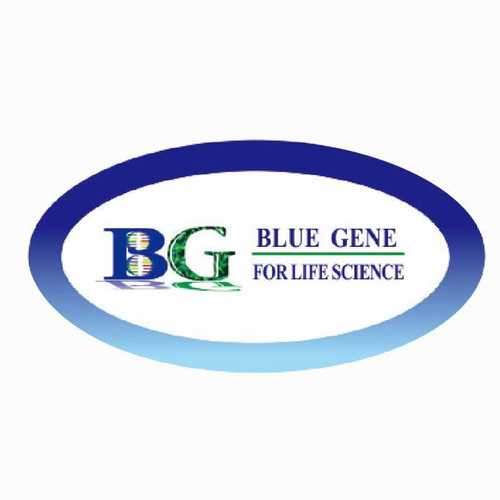Product Description
Human Caltrin (PYY2) ELISA Kit | AE24888HU | Abebio
Species Reactivity: Human (Homo sapiens)
Abbreviation: PYY2
Alternative Name: N/A
Application: ELISA
Range: Request Information
Sensitivity: Request Information
Intra-Assay: ≤5.6%
Inter-Assay: ≤9.5%
Recovery: 0, 9
Sample Type: Serum, Plasma, Other biological fluids
Detection Method: Sandwich
Analysis Method : Quantitive
Test Principale: This assay employs a two-site sandwich ELISA to quantitate PYY2 in samples. An antibody specific for PYY2 has been pre-coated onto a microplate. Standards and samples are pipetted into the wells and anyPYY2 present is bound by the immobilized antibody. After removing any unbound substances, a biotin-conjugated antibody specific for PYY2 is added to the wells. After washing, Streptavidin conjugated Horseradish Peroxidase (HRP) is added to the wells. Following a wash to remove any unbound avidin-enzyme reagent, a substrate solution is added to the wells and color develops in proportion to the amount of PYY2 bound in the initial step. The color development is stopped and the intensity of the color is measured.
Product Overview: NPY is an abundant neuropeptide regulating a wide range of physiologic activities. Another member of the NPY family, PYY, is an inhibitory hormone secreted by digestive tract endocrine cells. PPY is a pancreatic hormone inhibiting secretion of enzymes and bicarbonate from the exocrine pancreas. The genes encoding PYY and PPY are thought to have arisen by gene duplication and are localized on chromosome 17q21.1. All 3 genes contain 4 exons with little or no intronic homology. PYY2, like PYY1, has 4 exons and conserved 5-prime and 3-prime flanking sequences as well as conserved introns 2 and 3. Despite 92% identity between the PYY and PYY2 nucleotide sequences, PYY encodes a 98-amino acid protein and PYY2 encodes a 33-residue protein due to an alternative start site, as seen in bovine Pyy2 (seminalplasmin), and an early stop codon.
Stability: The stability of ELISA kit is determined by the loss rate of activity. The loss rate of this kit is less than 5% within the expiration date under appropriate storage condition. The loss rate was determined by accelerated thermal degradation test. Keep the kit at 37°C for 4 and 7 days, and compare O.D.values of the kit kept at 37°C with that of at recommended temperature. (referring from China Biological Products Standard, which was calculated by the Arrhenius equation. For ELISA kit, 4 days storage at 37°C can be considered as 6 months at 2 - 8°C, which means 7 days at 37°C equaling 12 months at 2 - 8°C) .
 Euro
Euro
 USD
USD
 British Pound
British Pound
 NULL
NULL












